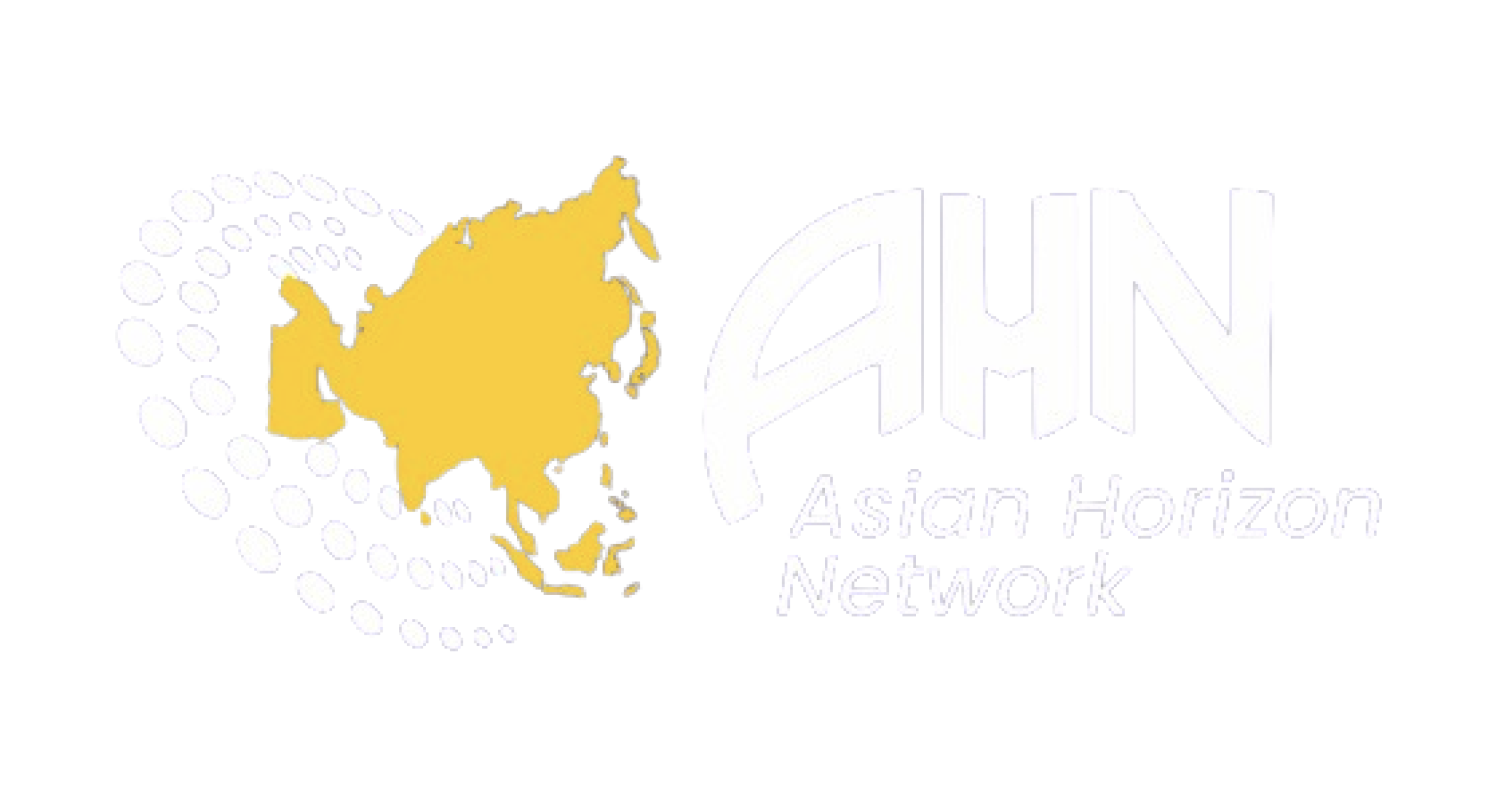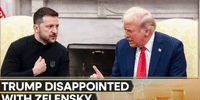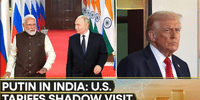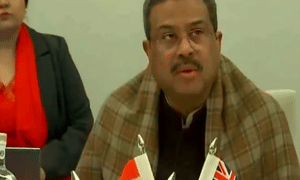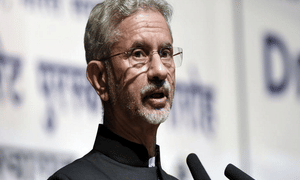












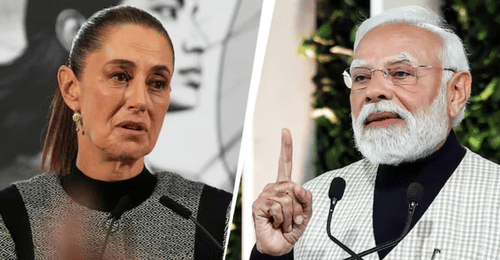
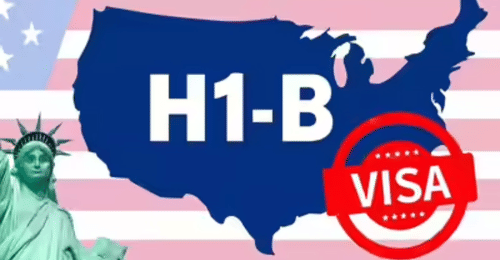

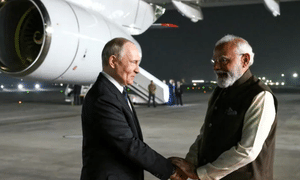









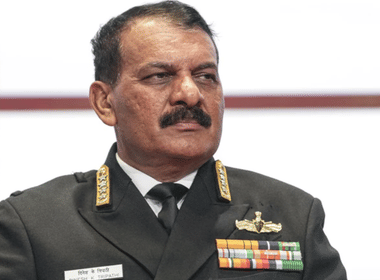



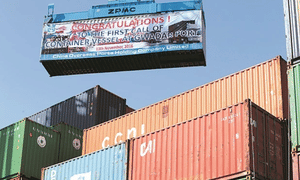
India and Sweden are preparing for a significant expansion in their economic relationship, with Swedish investments in India expected to rise sharply in the coming years. Business Sweden views India as a strategic partner, driven by the country’s rapid economic growth and Sweden’s strengths in sustainability and green technology. This alignment is creating fresh opportunities for collaboration across industries, particularly as global demand increases for cleaner and more efficient solutions.
Over the past six years, Swedish companies have invested around $2.5 billion in India, supporting sectors ranging from manufacturing to digital services. Major players such as Volvo, Ericsson, and IKEA are scaling up their presence, directly employing more than 220,000 people and indirectly supporting millions through local supply chains. Beyond capital inflows, this engagement is helping build long-term ecosystems where innovation and sustainability go hand in hand, reflected in initiatives like IKEA’s focus on environmentally responsible sourcing within India’s vast consumer market.
Sustainability sits at the heart of this partnership. With India aiming for net-zero emissions by 2070 and Sweden consistently ranking among global leaders in innovation, collaboration in green technology is gaining momentum. Joint initiatives launched at platforms such as the India-Sweden Sustainability Day include projects in hydrogen-based steelmaking, artificial intelligence–driven emissions reduction, and low-carbon cement produced from recycled materials. Today, more than 280 Swedish companies operate in India, combining Sweden’s collaborative “Triple Helix” approach—linking government, industry, and academia—with India’s expanding manufacturing capabilities.
Swedish investments in India could potentially double within five years, particularly if an India–EU free trade agreement is finalized, easing market access for Swedish firms. At the same time, Indian companies are increasing their footprint in Sweden, with foreign direct investment from India rising by 191 percent over the past five years in areas such as electric vehicles, renewable energy, and digital technology. This two-way flow of capital and expertise highlights a partnership built on shared ambitions, blending Nordic efficiency with Indian scale to support a more sustainable global economy.
Disclaimer: This image is taken from Reuters.
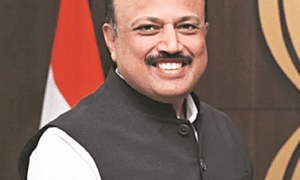
India is optimistic about finalizing a “framework trade deal” with the United States by the end of this year, aiming to resolve the reciprocal tariff issues affecting Indian exports, Commerce Secretary Rajesh Agrawal said on Friday. He emphasized that the agreement would be “meaningful” for Indian exporters only if it addressed both tariffs introduced in August — the 25% reciprocal tariff and an additional 25% duty tied to India’s imports of Russian oil. “We are close and have managed to resolve most issues,” Agrawal said at the 98th Ficci annual meeting. Agrawal added, “It’s only a matter of time before this decision is made. Multiple levels will need to approve it. There isn’t much left to negotiate; only a few issues require a political decision.”
Earlier this year, in February, Prime Minister Narendra Modi and US President Donald Trump had announced plans to finalize the first phase of a Bilateral Trade Agreement (BTA) by fall 2025, though that timeline now seems uncertain. According to Agrawal, discussions with the US are proceeding on two parallel tracks: the broader BTA, which will take longer, and the framework deal that would address the 50% tariff burden on Indian exporters. “These negotiations are separate but interconnected. The framework trade deal addressing reciprocal tariffs needs to come first,” he noted, adding that India will continue to uphold its core concerns and non-negotiables.
Commerce and Industry Minister Piyush Goyal, speaking at the same event, stressed the importance of reliable trading partners amid a volatile global trade environment. “We’ve seen trade being weaponized and the importance of trusted partners,” he said, noting that India is currently negotiating with around 50 countries and blocs.
Goyal also highlighted renewed interest from the six-nation Gulf Cooperation Council, with negotiations with Oman nearly complete and Bahrain and Qatar engaging actively. India has already finalized a comprehensive trade pact with the UAE and is exploring deals from the Gulf to New Zealand to expand its network of dependable partners.
The minister added that India is in active discussions with both the US and the 27-nation European Union. Agrawal noted that talks with the EU are in their final stages and could conclude by January 2026. Agrawal also mentioned that India-US negotiations have been ongoing virtually and regularly since March, with six rounds completed so far. The most recent informal round took place from 15–17 October in Washington, and further discussions may involve a Washington-based team visiting New Delhi.
Despite high tariffs and no finalized deal, India’s exports to the US have grown by $10 billion this year, driven in part by industry efforts to diversify. Domestically, India’s trade deficit reached a record $41.68 billion in October, largely due to a threefold surge in gold imports and a decline in outbound shipments. However, Agrawal said the deficit is not yet “worrying,” explaining that the rise was primarily due to higher precious metal imports, offset somewhat by lower energy prices.
Disclaimer: This image is taken from Business Standard.
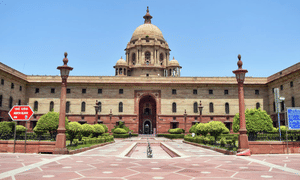
Sources told ANI that the Union Cabinet is expected to approve on Wednesday a Rs 7,000-crore incentive scheme aimed at boosting domestic production of rare earth magnets. The seven-year scheme is designed to cut India’s reliance on imported critical minerals and strengthen supply chains for advanced manufacturing. The initiative is likely to support the development of nearly 6,000 tonnes of rare earth magnet production capacity. These magnets are vital for electric vehicles, electronics, wind turbines, defence systems, and other high-tech industries.
According to sources, the Finance Ministry has already cleared the proposal, enabling the Cabinet—whose meeting began today at 12:30 pm—to consider it. The Ministry of Mines has drafted the scheme with an emphasis on attracting both global and domestic companies, increasing value addition within India, and ensuring long-term access to strategic materials.
India currently depends heavily on Chinese rare-earth permanent magnet imports. The new incentive programme aims to spur investment in processing, refining, and magnet-making capabilities, which are currently limited in the country. Sources added that the scheme supports the government’s broader goal of strengthening critical mineral supply chains and boosting technological self-reliance in emerging sectors. The Cabinet is expected to give its approval soon.
Disclaimer: This image is taken from ANI.

India and Canada have agreed to restart negotiations for a Free Trade Agreement (FTA), aiming to boost bilateral trade to $50 billion by 2030, Commerce and Industry Minister Piyush Goyal said. Speaking at an event on Monday, Goyal described the FTA, or Comprehensive Economic Partnership Agreement (CEPA), as a strategic initiative reflecting the trust between the two nations. He added that the agreement would enhance confidence among investors and businesses on both sides.
“We have agreed to begin high-ambition CEPA negotiations and aim to double trade between our countries by 2030,” Goyal said, noting that India and Canada are natural allies rather than competitors. He highlighted that the complementary strengths of both countries could benefit businesses and investors. Goyal pointed out potential areas of collaboration, including critical minerals, processing technologies, and nuclear energy, particularly uranium supplies, while emphasizing opportunities to diversify supply chains.
Negotiations for an India-Canada FTA were paused in 2023 after tensions arose following former Prime Minister Justin Trudeau’s allegations linking India to the killing of Hardeep Singh Nijjar, which India dismissed as “absurd.” Earlier, in March 2022, both countries had relaunched talks through an Early Progress Trade Agreement (EPTA), and more than half a dozen negotiation rounds have been held so far.
Typically, such trade agreements aim to reduce or remove customs duties on traded goods, liberalize service trade, and attract investment. India’s exports to Canada rose 9.8% to $4.22 billion in 2024-25 from $3.84 billion in 2023-24, while imports fell 2.33% to $4.44 billion from $4.55 billion during the same period.
The renewed engagement follows talks between Prime Minister Narendra Modi and Canadian Prime Minister Mark Carney at the G7 summit in Kananaskis, Canada, in June. Bilateral trade in goods and services between the two nations totaled $18.38 billion in 2023, with around 2.9 million people of Indian origin and over 427,000 Indian students residing in Canada.
Disclaimer: This image is taken from PTI.



Malaysia’s ringgit has made an unexpected recovery, while Thailand’s baht continues to lag behind. So where does the Singapore dollar stand amid this regional currency reshuffle? Andrea Heng and Genevieve Woo explore the forces behind Asia’s currency winners and losers in 2024, and what households and businesses should monitor going into the new year, with insights from Saktiandi Supaat, Chief FX Strategist and Head of FX Research & Strategy at Maybank.
Disclaimer: This Podcast is taken from CNA.

From April's "Liberation Day" to the end of the year, tariff changes have produced distinct winners and losers, along with a long list of countries still under close examination. Some nations hit hardest by the tariffs have managed to mitigate the impact by shifting supply chains and negotiating strategic side agreements. As global trade patterns adjust, new beneficiaries are starting to emerge. The wave of bilateral agreements expected in 2026 could once again alter the global landscape. Andrea Heng and Susan Ng discuss the year's developments with Chris Humphrey, Executive Director of the EU-Asean Business Council.
Disclaimer: This Podcast is taken from CNA.

China has lifted its ban on approving exports of “dual-use items” — including gallium, germanium, antimony, and super-hard materials — to the United States. Originally imposed in December 2024, the suspension will remain in effect until 27 November 2026. Daniel Martin discusses the matter with Malminderjit Singh, Founder and Managing Director of Terra Corporate Affairs.
Disclaimer: This Podcast is taken from CNA.

Singapore plans to update its “30 by 30” food sustainability goal with new, more specific targets as part of a refreshed food resilience strategy. Under the new plan, local farms are expected to produce 20 percent of the nation’s fibre and 30 percent of its protein needs by 2035. Hairianto Diman and Rani Samtani discuss the practicality of meeting these goals with Luke Tay, Founder of Cornucopia FutureScapes.
Disclaimer: This Podcast is taken from CNA.
